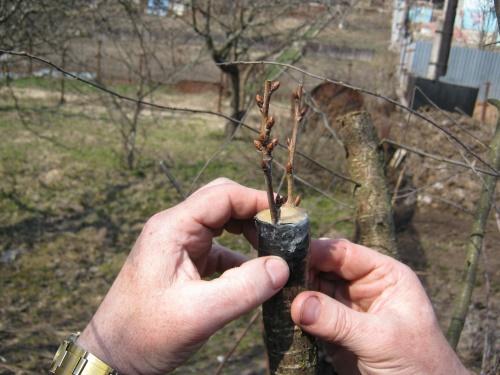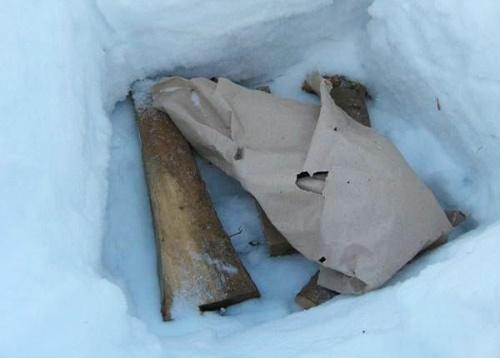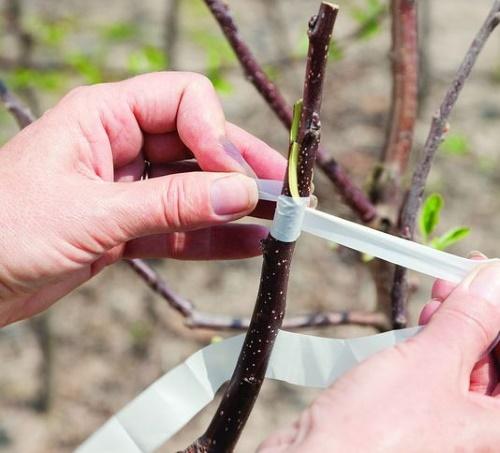The time of grafting stone fruit in the spring and the optimal timing of harvesting cuttings
 If apple and pear wintering well, then peaches and apricots in the middle lane often come out of wintering with damage. Grafting them on a more winter-hardy crop, which is most often carried out in the spring, will help prevent the situation. And here it is important not to miss the time of grafting stone fruit in the spring and to guess exactly with the optimal period in order to get a high survival rate. In addition, it is necessary to take a responsible approach to the choice of grafting material and prepare cuttings on time.
If apple and pear wintering well, then peaches and apricots in the middle lane often come out of wintering with damage. Grafting them on a more winter-hardy crop, which is most often carried out in the spring, will help prevent the situation. And here it is important not to miss the time of grafting stone fruit in the spring and to guess exactly with the optimal period in order to get a high survival rate. In addition, it is necessary to take a responsible approach to the choice of grafting material and prepare cuttings on time.
Subtleties of harvesting cuttings

It is advisable to harvest stone fruit cuttings in December, before severe frosts set in. For this:
- Chop annual healthy shoots.
- Roll up in plastic.
- Dig in a snowdrift.
If the snow melts early in the spring, they can "lie down" in the cellar. The cellar is not suitable for long-term storage. There cuttings most often rot or wake up early. Unlike pome fruits, stone fruits with swollen buds take root worse.
You can also graft twigs cut in the spring. But "winter" cuttings take root better.
Stone fruit grafting time in spring
 The spring period, during which it is possible to plant stone fruit crops, is quite long. Gardeners have a lot of time - from late March to early summer. All this time, you can vaccinate using both fresh and harvested cuttings from winter.
The spring period, during which it is possible to plant stone fruit crops, is quite long. Gardeners have a lot of time - from late March to early summer. All this time, you can vaccinate using both fresh and harvested cuttings from winter.
However, the highest survival rate will be given by a vaccination made a week before the start of sap flow. It is impossible to say the exact date, each region has its own, since it depends on the climate and weather conditions. This is approximately the last decade of March - the first decade of April.
Grafting early will not only increase the chances of success, but also save you the hassle of further storing winter cuttings. But this does not mean that you cannot do garden work later. Stone fruits are inoculated and after the juice begins to circulate along the branches. Only it also appears on the sections and quickly oxidizes in air, forming an invisible film. It interferes with fusion and reduces the percentage of survival.